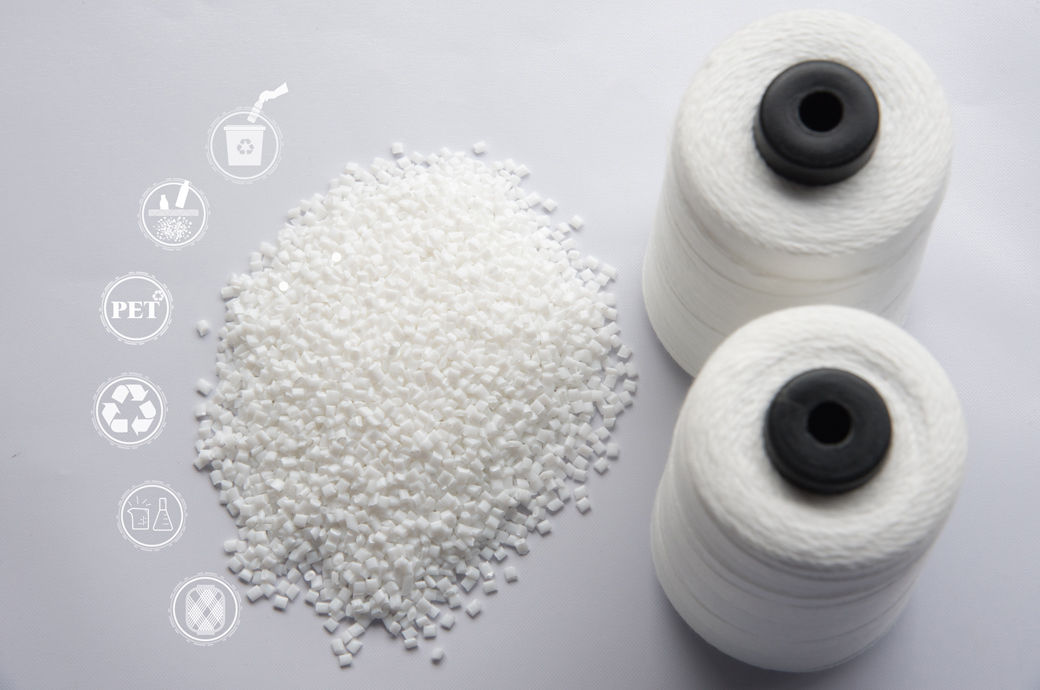
The proliferation of plastic
As countries continue to expand and develop, the production of plastic also surges. The affordability and versatility of plastic, derived from fossil fuels, drive its widespread use. Consequently, the more fossil fuels are produced, the greater the output of plastic. According to a report published by Plastics Europe, global plastic production increased by 2.46 per cent in 2022, with China emerging as the leading producer.
Figure 1: Global plastic production (in mn tonnes)
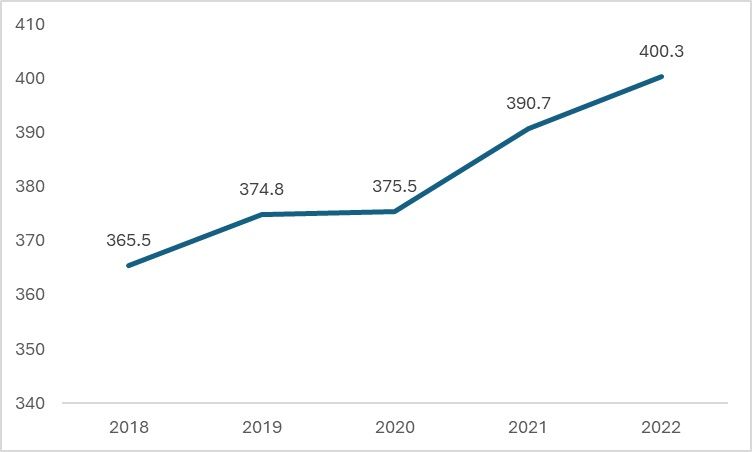
Source: Plastics Europe
The current UN resolution comes at a time when plastic production is at its highest, and the recycling rate is approximately 10 per cent. With global plastic production consistently increasing in the range of 2 to 4 per cent, the recycling of plastics becomes crucial. According to the World Wildlife Fund (WWF), global plastic production may triple by 2060. If we consider the current production of 400.3 million tonnes, as per Fibre2Fashion’s analysis, it may increase to 1,200 million tonnes by 2060. With recycling rates hovering as low as 10 per cent, the proposed legislation offers some hope for improving plastic waste recycling.
Lack of accountability for plastic producers
According to the latest available data on plastic production, China, the US, and the EU lead global production, collectively contributing 67 per cent of the total output. While these nations claim to have recycling solutions in place, many countries opt to export their plastic waste to Asian countries such as Indonesia, Vietnam, Singapore, India, and Myanmar, as well as certain European countries like Spain and Germany. This practice exacerbates the issue of plastic waste and poses significant hazards in these regions.
Figure 2: Region-wise production of plastics in 2022 (in %)
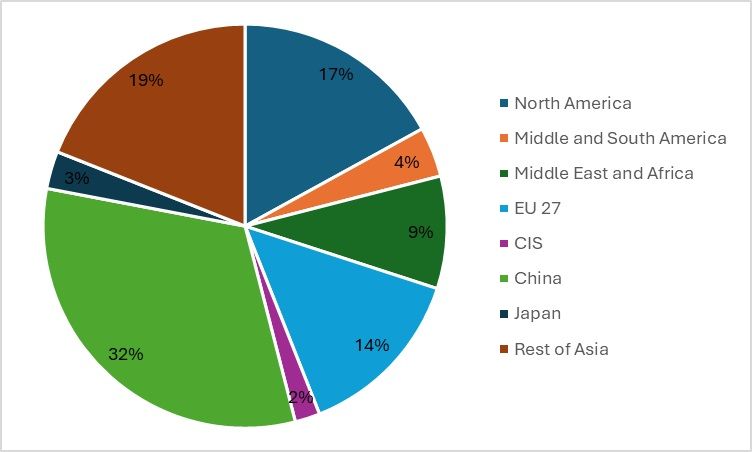
Source: Plastics Europe
Asian nations such as Vietnam, Malaysia, and Indonesia have become frequent destinations for countries exporting plastic waste. Although developed countries often blame developing nations for pollution, it's noteworthy that these same developed countries are the primary contributors to plastic waste exports. The United States, for instance, stands out as the world's largest exporter of plastic waste, closely followed by Japan. The US alone accounts for approximately 16.6 per cent of global plastic waste exports while also being one of the leading producers of plastic.
Figure 3: Top exporters of plastic waste in 2022 (in %)
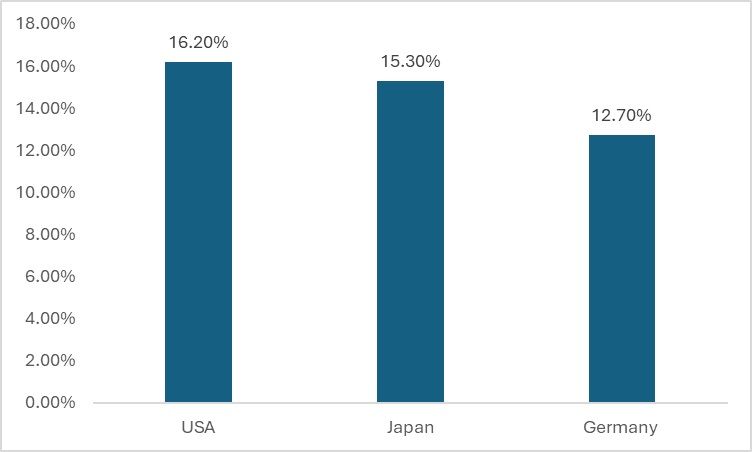
Source: The Roundup
The United States leads the world in exporting plastic waste. Despite being one of the largest producers of plastics, recycling rates in the country have dropped to less than 6 per cent. Although there was a decrease in the amount exported in 2020 and 2022 due to supply chain bottlenecks, this reduction is happening at a diminishing rate. This trend underscores the urgent need for a legally binding agreement on recycling to prevent nations from being overwhelmed by the increasing pressure of plastic waste.
Figure 4: US' exports of plastic waste (in metric tons)
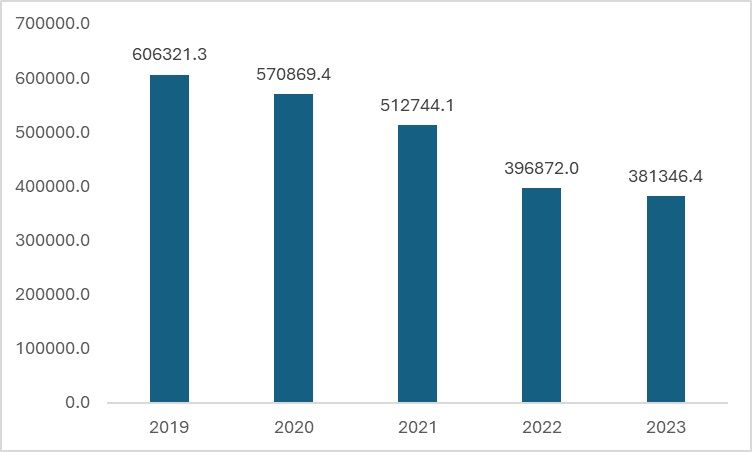
Source: ITC trade map, F2F analysis
As of 2023, the United States has been actively exporting plastic waste to several developing Asian nations, such as Indonesia, Malaysia, Vietnam, and India. However, the environmental challenges faced by these countries are exceptionally severe. Despite apparent efforts to decrease the overall tonnage of waste exported by the US, the volume of plastic waste sent to these developing nations continues to increase each year. Consequently, these nations are confronted with critical issues, including severe water pollution and an increasingly burdensome strain on their landfills.
Figure 5: US' exports of plastic waste to different nations in 2023 (in metric tons)
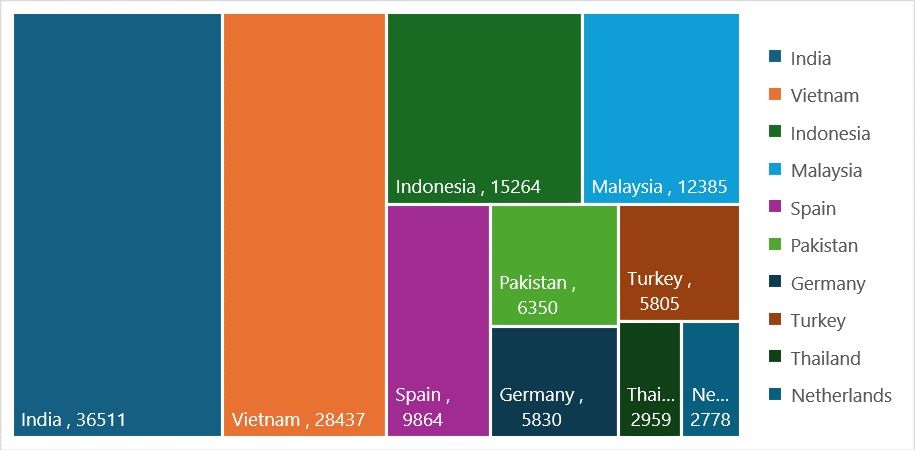
Source: Standard and Poor’s (S&P) Market Intelligence
Despite Malaysia's ban on importing plastic waste, the country is grappling with a surge in imports and facing substantial challenges due to the presence of illegal facilities within its borders. In contrast, the United States, despite being the leading producer and exporter of plastic waste, has not yet implemented Extended Producer Responsibility (EPR). This position starkly contrasts with the European Union's proactive approach, which has introduced EPR and aims for its full implementation by 2025.
Conditional policy implementation
With the United Nations aggressively pushing for a law to legally bind countries and companies to effectively recycle plastics, many nations have mixed views, resulting in weak policy implementation on recycling and plastic production. According to a report published by the Centre for Science and Environment (CSE), many oil and plastic-producing countries are highly reluctant to implement laws enforcing responsible plastic recycling.
The proposed UN charter discusses the gradual reduction of primary plastic production. However, many plastic-producing nations, including Japan, have refrained from endorsing such measures, considering them extreme and suitable only as a last resort if existing frameworks fail to yield results. Similarly, countries like India and China have not explicitly committed to reducing production. Additionally, regarding chemical use, numerous nations have relaxed scrutiny norms for hazardous chemicals based on conditions within their respective countries.
The situation is no different with the complete abandonment of single-use plastics. Many prominent countries, including the US, Iran, India, and China, have only agreed to regulate the consumption of single-use plastics without making a strong commitment to reducing their production.
Plastic recycling: A hope on the horizon
Although all nations are reluctant to reduce plastic production, they universally agree on the importance of circularity and the recyclability of plastic. This consensus offers a glimmer of hope that plastic can have multiple uses, reducing pressure on landfills and mitigating the environmental hazards caused by microplastics. The textile industry can play a significant role, particularly in recycling.
Harnessing the best from waste with plastic recycling
The textile industry, despite being one of the largest polluters, has significant potential for recycling plastic waste. Notably, PET bottles are recycled to produce polyester, a common method in textile recycling. According to Textile Exchange data from 2022, approximately 7.9 per cent of the total fibre used was recycled, with a global recycling rate of approximately 13.58 per cent for polyester fibre. The recycled fibre is sourced from discarded PET bottles. Polypropylene is also being recycled into apparel, albeit at a much lower rate than polyester.
Figure 6: Global production of recycled polyester (in mn tonnes)
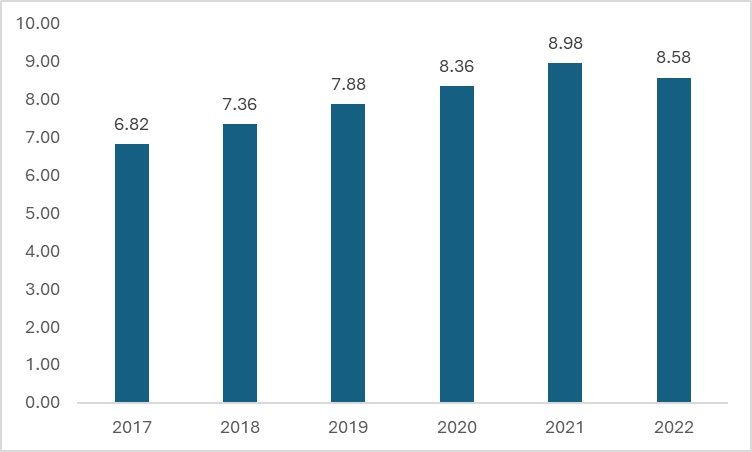
Source: Textile Exchange
Extensive research has been conducted on recycling plastic bags into high-quality fabrics with minimal environmental impact. Studies, such as those conducted by MIT, have shown that garments made from recycled plastic fabrics can significantly reduce environmental footprints. These fabrics are used in the production of sportswear, leggings, and trainers. Additionally, researchers have explored the use of recycled plastics in technical textiles.
However, consumer demand plays a crucial role in driving the research and development of such recycled apparel, as the comfort of the fabric ultimately determines its appeal to consumers.
While the textile industry endeavours to recycle plastics into apparel, many countries offer multiple alternatives to single-use plastics. Yet, widespread adoption remains limited due to the continued availability of cheaper plastic bags and the prevailing price-sensitive mindset of consumers worldwide.
Navigating the road ahead
While there is a global consensus on sustainability and the urgency of reducing plastic usage, the current positions taken by major economies pose significant challenges to implementing responsible recycling laws. However, the textile industry holds immense potential to mitigate plastic waste by recycling it into fabrics and fibres for production. Realising this potential requires substantial investments and a concerted global effort from governments worldwide to expand the scope of such initiatives.
ALCHEMPro News Desk (KL)
Receive daily prices and market insights straight to your inbox. Subscribe to AlchemPro Weekly!